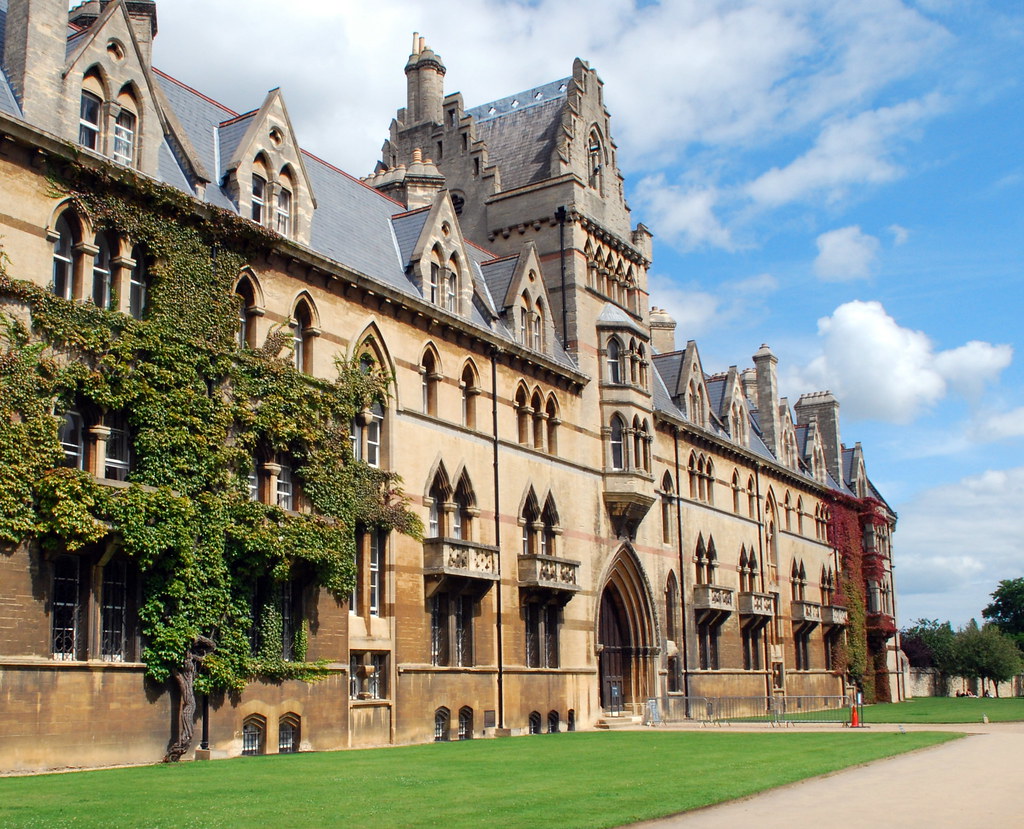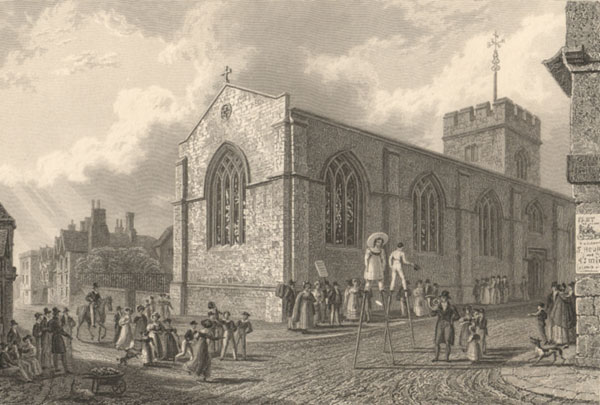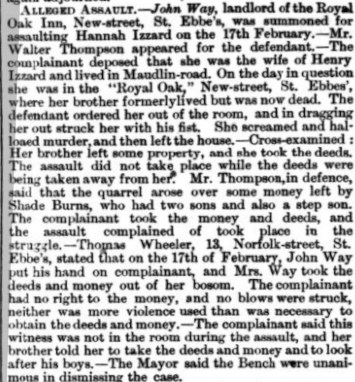The Burns family of Oxford - part 1
This is part 1 in a series about the Burns family of Oxford, Oxfordshire.
Regular readers will know that I live in Oxford, New Zealand. But this time we are 19,000 kilometres away in the historic town of Oxford, Oxfordshire, England. Our story will take us through the two Workhouses and an Industrial School in Oxford, and eventually back to New Zealand where the Burns descendants include an All Black, as well as my nana’s stepmother.
Some English tourists who stayed with us a few years ago remarked that it was strange to them that in New Zealand, Christchurch was the city while Oxford the rural town: in England today, Christchurch is a town of about 30,000 people while Oxford boasts about 165,000 people.

The town of Oxford has existed since 912 AD, if not earlier – hundreds of years before New Zealand had human settlement of any form! Although best known for its historic University, established in the 12th century, the town also obtained a royal charter from Henry II, and has an interesting and varied timeline, including housing the King’s court at times when London saw trouble.
Shade Burns
The mid to late 19th century saw a gradual increase in industrialization, urban expansion and social development. The 1861 Census summary shows Oxfordshire with a population of 170,944; of which 27,560 lived in Oxford town. So, it was surprising to learn from an 1861 census search that the not uncommon surname of Burns only occurs once in the entire county of Oxfordshire.

Shaid Burn was accidentally born in Northamptonshire in 1835, about 40 miles from Oxford. His parents John & Rebecca were Worcestershire natives who had settled in Oxford by about 1829, or perhaps even earlier. His father, John Burn, was a traveling brazier (brass-smith) & tinman.
In 1860, Shaid married a young widow Sarah Taylor with three children to her name. Around this time he began spelling his name as Shade Burns. The couple would have two sons children, George (1862) and Frederick (1864). raised together with Sarah’s earlier children as one family. Unfortunately, two daughters born to Shade and Sarah both died in infancy.
St. Ebbe’s
Shade was working as a furniture dealer as of 1871; the family lived on St. Ebbe’s street, in the central Oxford parish of St. Ebbe’s. In England at this time, local government administration roughly followed the boundaries of the Anglican church catchment areas, known as “parishes”. St. Ebbe’s was one of a dozen or so church parishes in Oxford town.
The current church, pictured in the above print from 1835, was opened in 1816. The previous church was demolished in 1813 due to becoming dangerous, having stood since about 1005. It is named for the 7th-century Saint Æebbe of Coldingham, the daughter of Æethelfrith, King of Northumbria.
St. Ebbe’s was one of the poorer districts of Oxford; accordingly it had a high density of public houses – there were at least eight pubs within a five-minute walk of the church.
Death of Shade and Sarah
By the year 1878, Shade’s step-children were no longer living at home: the eldest Edward Taylor had moved to the city of Gloucester, about 50 miles from Oxford, working a picture-framing business; and we have lost track of the other two. Correspondence after Shade’s death referred to him as only having two sons and one step-son.
In May 1878 Sarah passed away, and Shade followed her in March 1880. Shade and Sarah’s burials were both recorded in the St. Ebbe’s parish church burial register. However, parish burial registers did not record the exact burial site. Burials at St. Ebbe’s church itself had been banned by the council in 1855, except for existing family plots. It is likely that Shade and Sarah would have been buried in unmarked graves at Osney Cemetery, which was set up by the council in 1848 to serve several Oxford parishes including St. Ebbe’s, due to the church cemeteries becoming full.
At the time of his death, Shade was a resident of the Royal Oak Inn on New Street, St. Ebbe (one of several establishments of that name in the town); indicating that he had become homeless after the death of his wife.
After his death, Shade’s sister Hannah Izzard entered his hotelroom to gather his belongings and deeds, claiming that Shade had asked her to use what money he had to look after his sons. But, she was roughly thrown out by the innkeeper, whose wife also confiscated the belongings from Hannah. Hannah took him to court but the case was dismissed.
Shade’s stepson Edward Taylor was formally appointed executor of his estate and guardian of the two minor children, George and Frederick. However, the children did not move to Gloucester with Edward; they are recorded on the 1881 census living in St. Ebbe with a cousin Thomas Wheeler, a coal merchant. It was not recorded whether they would have been there since Sarah’s death, or whether they might have lived at the inn with Shade.
George and Frederick would stay in or near St. Ebbe’s for the remainder of their lives. Frederick was often homeless and in and out of prison. George married in 1887 at St. Ebbe’s church, and followed his father’s trade in furniture dealing; but life would not get easier for him.
In part 2 we will follow Shade’s son George and his family.

